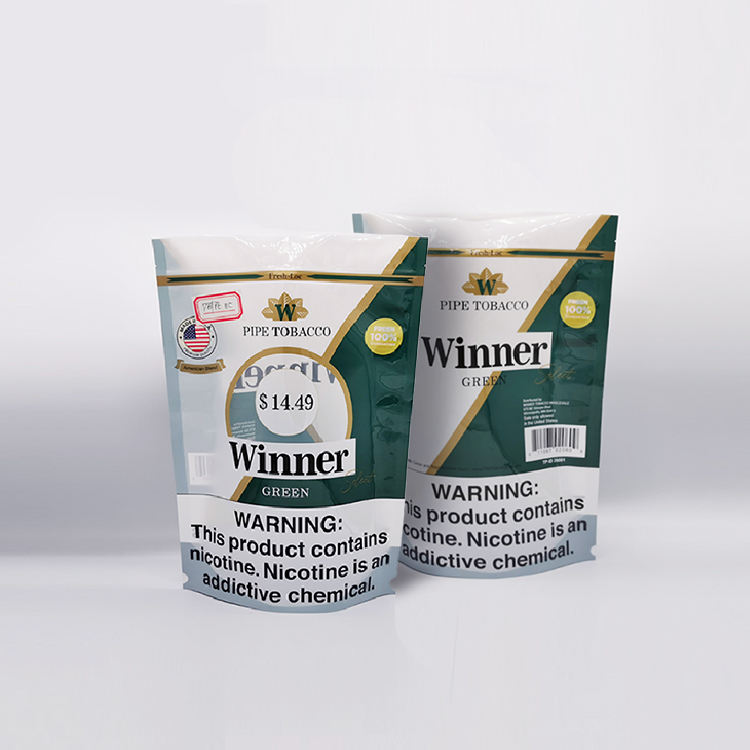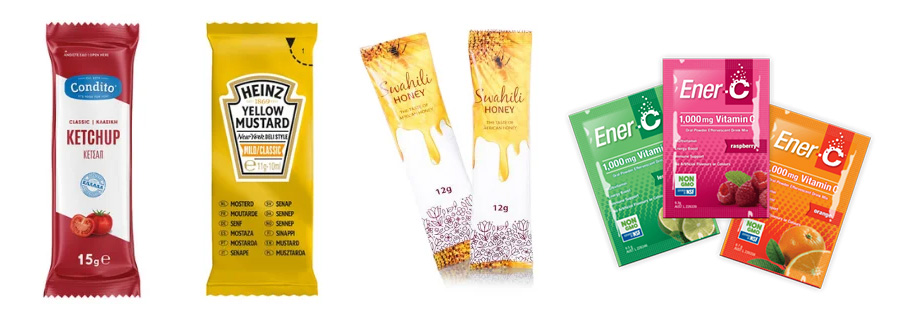In today’s world, where food safety is a top priority, food grade packaging plays a vital role in ensuring the health and safety of consumers. Whether it’s the fresh produce in grocery stores or packaged snacks on shelves, food grade packaging ensures that food remains uncontaminated, fresh, and safe for consumption. This article will explore what food grade packaging is, why it’s essential, the standards it must meet, and how it impacts the food industry and consumer trust.
What is Food Grade Packaging?
Food grade packaging refers to materials specifically designed to safely hold food without causing contamination or altering its flavor, odor, or nutritional value. These materials are approved by regulatory bodies like the U.S. Food and Drug Administration (FDA) to ensure they meet strict safety standards. Food grade packaging includes a variety of materials such as plastics, metals, glass, and biodegradable materials that have been tested for safety with food products.
To be considered “food grade,” packaging materials must be free from any toxic substances that could leach into the food, and they should provide a barrier against external factors such as moisture, oxygen, and bacteria. This type of packaging is critical for preventing contamination, extending the shelf life of food, and maintaining its quality from the manufacturer to the consumer.

Why is Food Grade Packaging Essential?
The importance of food grade packaging lies in its role in food safety and quality preservation. Here are some of the key reasons why food grade packaging is essential:
1. Protects Food from Contamination
One of the primary purposes of food grade packaging is to shield food from contaminants. Non-food grade packaging materials can sometimes contain chemicals that leach into the food, causing contamination that can lead to foodborne illnesses or allergic reactions. Food grade packaging is specifically designed to prevent this, acting as a barrier to harmful chemicals, bacteria, and external elements like moisture or dust.
2. Ensures Compliance with Food Safety Standards
Compliance with food safety standards is mandatory for food manufacturers, and food grade packaging is central to this. Regulatory bodies, including the FDA and the European Food Safety Authority (EFSA), set strict guidelines for materials used in food packaging. By using approved food grade packaging, manufacturers ensure their products meet legal requirements and avoid costly penalties or recalls. This also reassures consumers that the food they purchase is safe and produced according to high standards.
3. Preserves Freshness and Extends Shelf Life
Food grade packaging materials are chosen not only for their safety but also for their ability to preserve freshness. For example, high-barrier packaging materials, such as certain plastics or aluminum, prevent oxygen and moisture from reaching the food, which could otherwise lead to spoilage. As a result, food grade packaging extends the shelf life of products, allowing them to remain fresh and safe to eat for longer periods. This is especially important for perishable goods like dairy, meat, and produce.
4. Enhances Brand Image and Builds Consumer Trust
Consumers today are more aware of food safety than ever before. By using food grade packaging, brands signal to their customers that they prioritize safety and quality. Safe and sustainable packaging choices can enhance brand image and build consumer trust, which is essential in a competitive market. When consumers see that a company is committed to using food-safe, eco-friendly materials, they are more likely to trust the brand and remain loyal.
5. Supports Environmental Sustainability
Many modern consumers prefer brands that align with their values, particularly regarding environmental sustainability. Food grade packaging now often includes options made from biodegradable or recyclable materials, such as paper, cardboard, or certain plastics. By choosing sustainable food grade packaging, companies can cater to environmentally-conscious consumers while reducing their environmental footprint.

Types of Food Grade Packaging Materials
There are several types of materials commonly used in food grade packaging:
- Plastic: Plastics like PET, PP, and HDPE are popular due to their versatility and durability. They’re often used for bottles, containers, and wraps that need to be lightweight and shatterproof.
- Glass: Glass is non-reactive, making it ideal for long-term storage. It doesn’t leach chemicals and is fully recyclable, though it is heavier and more prone to breakage.
- Metal: Metals like aluminum are commonly used for cans and foil because of their excellent barrier properties and recyclability.
- Paper and Cardboard: Used for dry foods and products with minimal moisture content, these materials are often compostable and highly customizable.
- Biodegradable Materials: Made from plant-based sources, biodegradable packaging is gaining popularity due to its environmental benefits. It’s safe for food contact and decomposes naturally, reducing waste.
Each of these materials meets food grade standards, but manufacturers must select the right option based on the type of food, shelf life requirements, and brand goals.

Food Grade Packaging and Regulatory Standards
Food grade packaging must meet certain regulatory standards to be considered safe. In the U.S., the FDA sets guidelines under the Code of Federal Regulations (CFR) Title 21, which specifies safe materials and additives for food contact. Similarly, in the European Union, the EFSA regulates packaging standards to ensure materials are safe for consumers.
Compliance with these regulations is essential for manufacturers. Non-compliant packaging can result in fines, recalls, or even legal actions, making it crucial for companies to select packaging that meets these strict guidelines.
Conclusion: The Value of Food Grade Packaging
In conclusion, food grade packaging is an essential component of the food industry, ensuring safety, freshness, and quality for consumers. From preventing contamination to enhancing brand trust and supporting sustainability, food grade packaging provides numerous benefits that extend beyond mere food storage. By using safe, high-quality materials, manufacturers can protect consumers, comply with regulations, and build a reputable brand image.
At Colorful Packaging, we are committed to delivering premium food grade packaging solutions that meet the highest standards of quality and safety. Our range of customizable, sustainable packaging options helps brands build consumer trust and enhance their product presentation. As demand for compliant and eco-friendly packaging continues to grow, choosing a trusted partner like Colorful Packaging can make all the difference in meeting today’s food industry requirements.
Contact us to explore our food grade packaging solutions and learn how we can help protect and promote your products.







